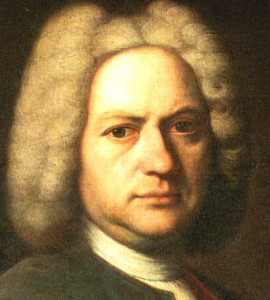
Church Cantata:
First developed in Italy the cantata was in broad terms a composition for voice or voice and instruments. Originally a single movement (section of music) by the time Bach started to compose it usually contained several movements of different feel and tempo (speed). Bach wrote many different styles of Church Cantata, hymns for the congregation using text from the bible and more advanced chorale music for the musicians of the church.
Bach is often hailed as the greatest cantata composer of his time. He used more complex harmony and structure than many of the composers of the same period.
Toccata and fugue:
This was in fact 2 works of music put together. The toccata being a very virtuoso (for a player of high standard) piece with difficult technical passages rather than the development of a musical theme. Followed by the fugue, a work with many parts often played by one instrument such organ, harpsichord and piano. One or more musical themes played by two or more different parts moving independently from each other. If you think back to when you would sing the nursery rhyme London’s Burning in a round this is similar to how a fugue works.
Bach wrote many of these for organ, his most famous probably being Toccata and Fugue in D Minor.
Sources:
www.jsbach.org
www.emmanuelmusic.org
www.oxfordwesternmusic.com
